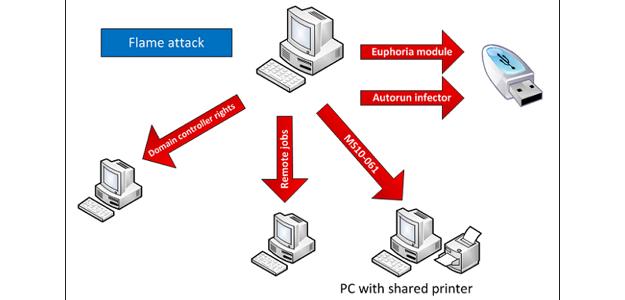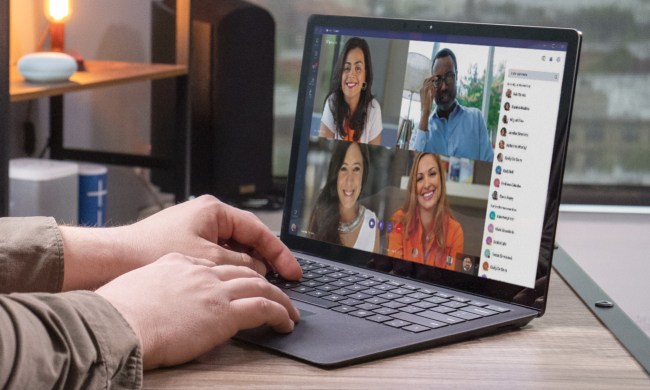 After being accused of creating the Stuxnet malware, is the U.S. also responsible for the creation of the Flame virus as well? According to the head of the UN telecommunications agency, it’s unlikely… But he does believe that a Nation State was behind its creation, although not as an act of cyberwar.
After being accused of creating the Stuxnet malware, is the U.S. also responsible for the creation of the Flame virus as well? According to the head of the UN telecommunications agency, it’s unlikely… But he does believe that a Nation State was behind its creation, although not as an act of cyberwar.
Talking to the BBC, Dr. Hamadoun Toure said that “All indications are that Flame has been created by a nation state, that’s clear,” but added that his organization with the UN, the International Telecommunications Union, isn’t interested in finding out just what nation state just yet. “The ITU is not mandated to make a judgement on who is responsible,” he said, “Our role is to work with partners to promote better co-operation.”
“There is a risk of cyberwar,” Toure added, “but it’s not necessary. That’s what we’re trying to do: prevent. We’re saying the best way to win a war is to avoid it in the first place. As the UN, of course we are interested in making sure there is a peaceful resolution, and a peaceful approach to this. Our role is first to co-ordinate international efforts – not only sharing knowledge, but also training people, especially from developing countries because we want to avoid one country being a weak link in the whole process. Therefore, we’re trying to see that there’s a global effort to keep cyberspace free of politics, ideology and especially free of criminals.”
Discussion over the origins of the Flame virus has abounded since it was revealed that the virus seemed to mainly steal technical documents from Iran, using code that was written in English. However, according to Toure, that doesn’t necessarily point in the direction of the most obvious subject. “I don’t suspect that the US is behind it,” he said, adding that despite the New York Times report stating otherwise, he thinks that American involvement in the creation of the Stuxnet malware is, at best, “speculation.”
With investigations into Flame ongoing, Toure explained the mission statement of the ITU as he saw it: “There is a fine line between security and freedom. Some people try to oppose them. We say no, we want both. You can’t be free if you’re not secure. You can’t have privacy without security – that’s why we want to have both.”


